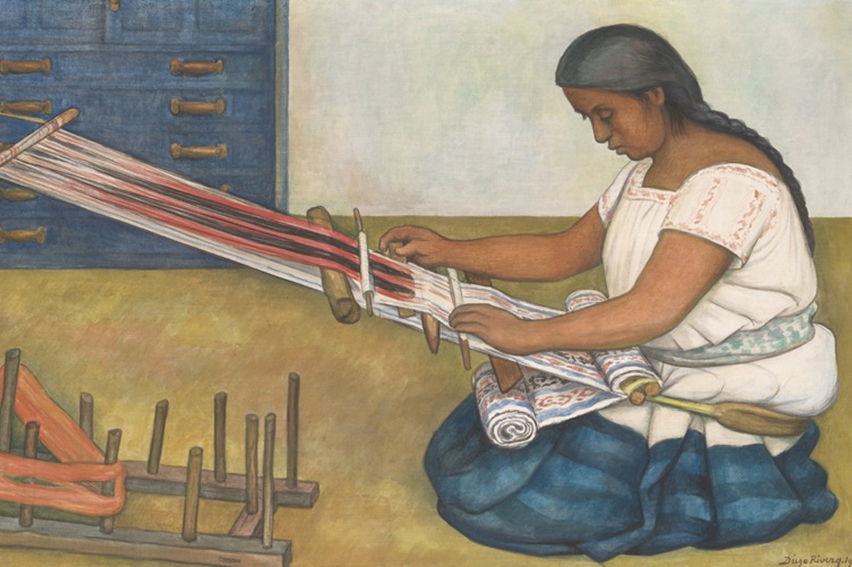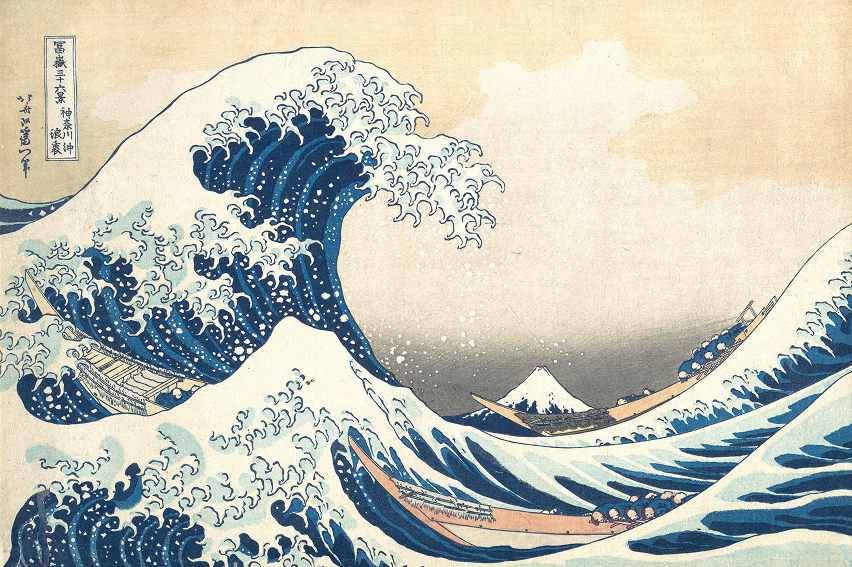Cultivating taste through art, culture, and design thinking for better user experiences.
Cultivating taste through art, culture, and design thinking for better user experiences.
December 8, 2025
•
Read time

A few years ago, I attended a demo by an exceptionally talented software engineer. He’d built a remarkable app, technically flawless, filled with sophisticated algorithms. Yet, within seconds of the app launching, I cringed. It was undeniably brilliant, but also undeniably ugly. Bad fonts, odd colors, crowded layouts: an interface so cluttered and unpleasant it distracted entirely from the groundbreaking technology behind it.
How could someone so technically gifted create something so visually unpleasant?
It comes down to taste. Or, more precisely, the lack of it.
We often think taste is something reserved for artists, musicians, or chefs. But taste is equally important for engineers. It shapes our products, impacts user experiences, and often determines market success. Yet, many talented engineers dismiss taste as superficial, or something you can buy if you have enough capital.
They’re mistaken. Taste isn’t something money can buy. Taste isn’t an add-on feature. It's an essential understanding of what resonates deeply with people, emotionally and intuitively.
Steve Jobs once criticized Microsoft for having "no taste". He wasn’t questioning Microsoft’s engineering skills; he was pointing to a fundamental lack of aesthetic and emotional sensitivity. Jobs knew what many technologists still struggle with: humans don’t just need technology that functions well, we crave technology that feels good, beautiful, and thoughtful.
Engineers excel at logic, precision, and systematic problem-solving. But taste doesn’t work this way. Taste requires empathy, intuition, and emotional awareness. It’s cultivated through experiences outside the engineering lab.
Engineers are rarely trained to understand aesthetics. Engineering schools teach optimization, efficiency, and algorithms, not art history, storytelling, or the language of beauty. Without exposure to art and culture, engineers risk building technically flawless but emotionally sterile products.

The good news is that taste is not innate. It can be learned, refined, and continually improved through deliberate practice. But to cultivate taste, engineers must step outside their comfort zone and actively engage with art, creativity, and human culture.
Here are three simple yet powerful ways engineers can develop taste:
Great artists have always understood how humans respond emotionally and intuitively. By exploring art history, engineers learn how colors evoke moods, how shapes influence perception, and why certain designs are timeless. From the simplicity of Bauhaus design to the emotional depth of impressionist paintings, understanding artistic movements gives engineers a vocabulary to express aesthetics in their work.
When engineers appreciate the creativity behind great movies, music, or even architecture, they become sensitive to the subtle decisions that make something beautiful. A powerful film scene, carefully composed music, or elegantly plated dish reveals something profound about human emotion and perception. Observing and enjoying these creative processes helps engineers internalize what feels right, balanced, and memorable.
Taste isn’t developed only in galleries or theaters. It also emerges during everyday moments—a thoughtfully designed café, a perfectly brewed cup of coffee, a beautifully presented meal. When engineers pay close attention to these ordinary yet artistic experiences, they gain deeper insights into how small design choices profoundly shape human feelings.
Ultimately, engineers who regularly engage with art, film, cuisine, and culture become more attuned to the emotional and aesthetic dimensions of their work. They start to grasp intuitively what feels human and delightful, versus what simply works technically.
This balance, which is a fine line between function and feeling, is exactly what the tech world needs most right now. Because technology built with genuine taste is not just usable; it’s lovable.
If you're an engineer, it's time to prioritize your aesthetic education just as seriously as your technical one. Explore museums, watch great films critically, enjoy meals mindfully, and read about creative processes. Let art and culture remind you of what it means to be human.
Taste isn’t a luxury or an afterthought. It’s what makes your work resonate emotionally with others. It’s what transforms good engineering into unforgettable products.
Because in the end, technology without taste is quickly forgotten.

A technical breakdown of freshness, latency, drift, and pipeline desync.

Why small ingestion errors turn into downstream incidents if you don’t test them at the source.

How the hidden weight of governance burnout shapes risk culture and alignment.